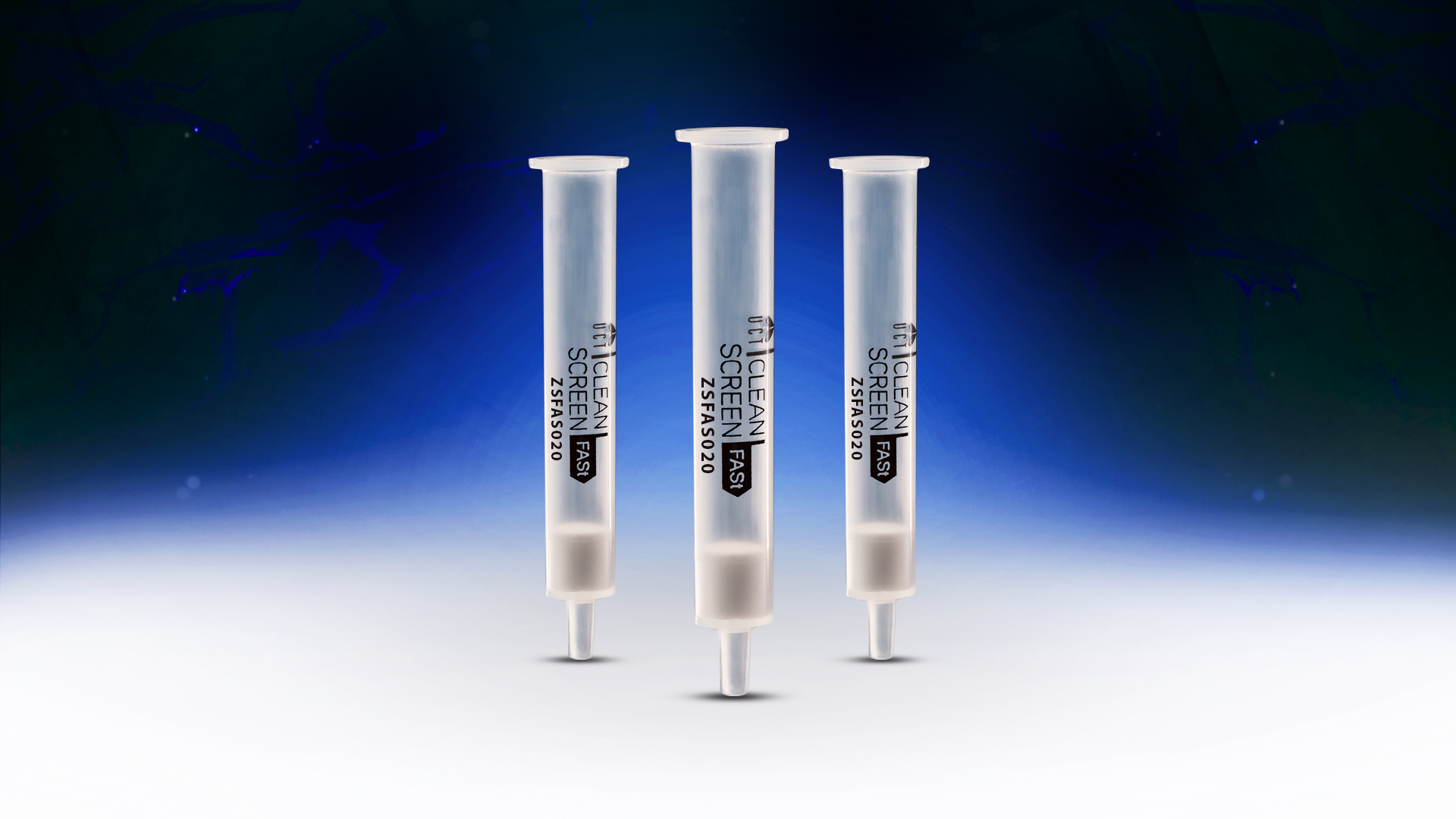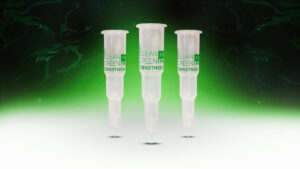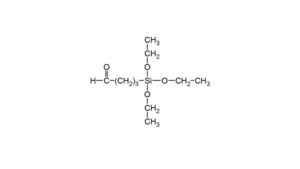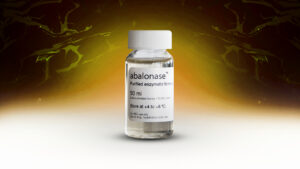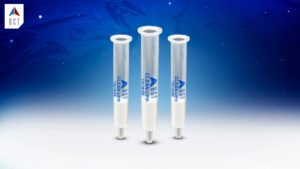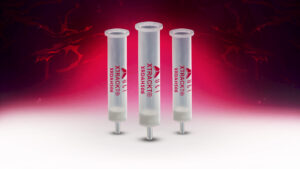UCT Clean Screen FASt® cited in Forensic Toxicology Study
Of the challenges facing forensic toxicologists working in the post mortem field, the analysis of decomposed or skeletal remains for the presence and concentrations of drug compounds may be the most difficult. The use of bone as a matrix for toxicological analysis has been investigated extensively since 2000. These studies, involving both human and animal remains, have shown a wide variability in detected drug and metabolite levels across different bone types. Interpretation of toxicological measurements in bone is also complicated by the inability to properly determine analyte recovery from bone tissue. Importantly, as bone would be used in cases of extreme decomposition where conventional matrices (blood, liver) may be unavailable, the influence of post-mortem environment may further complicate the interpretation of measurement.
In a recent study published in Drug Testing and Analysis by H. M. Cornthwaite et al., (doi: 10.1002/dta.2327), UCT’s world famous Clean Screen FASt® solid phase extraction sorbent in 96 well plate format (100 mg bed mass) was employed to extract tramadol (TRAM), dextromethorphan (DXM) and their respective metabolites from skeletal remains. A validated method using FASt® and ultra-performance liquid chromatography quadrupole time-of-flight mass spectrometry (UPLC-qTOF-MS) was developed to assay the concentration of TRAM, DXM and metabolites administered to animal specimens. Rats (n=5) received 50 mg/kg tramadol and were euthanized approximately 30 minutes post-dose. Rats (n=4) received 75 mg/kg dextromethorphan and were euthanized approximately 45 minutes post-dose. The animal remains were decomposed to skeleton in an outdoor setting and vertebral bones were collected, cleaned, dried and pulverized to a fine powder. From there, samples underwent dynamic methanolic extraction followed by FASt® clean-up on the 96 well plates before analysis using UPLC-qTOF-MS.
Recovery was at least 90 percent of maximal value within the first 10 minutes of methanolic extraction for all samples assayed. Analytical response was measured over the concentration range of 1-500 ng/mL, with precision and bias less than 20 percent in triplicate analyses of all calibrators, and a limit of detection of 1 ng/mL for TRAM, DXM and all metabolites. The vertebral bone analyzed using this method detected TRAM, DXM and their respective metabolites in all samples analyzed. This study shows the efficiency of a FASt® sorbent extraction in the most challenging of forensic interpretations. For more information about the Clean Screen FASt® sorbents and corresponding applications please visit https://sampleprep.unitedchem.com/products/spe/filter-and-shoot.

